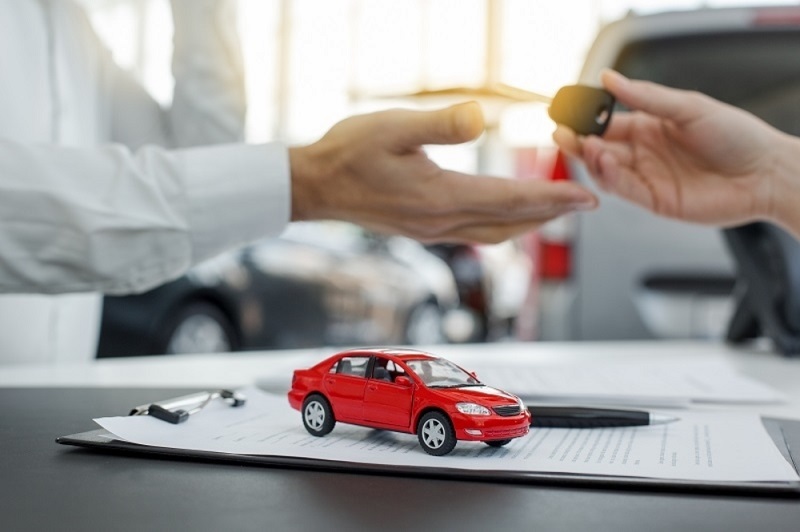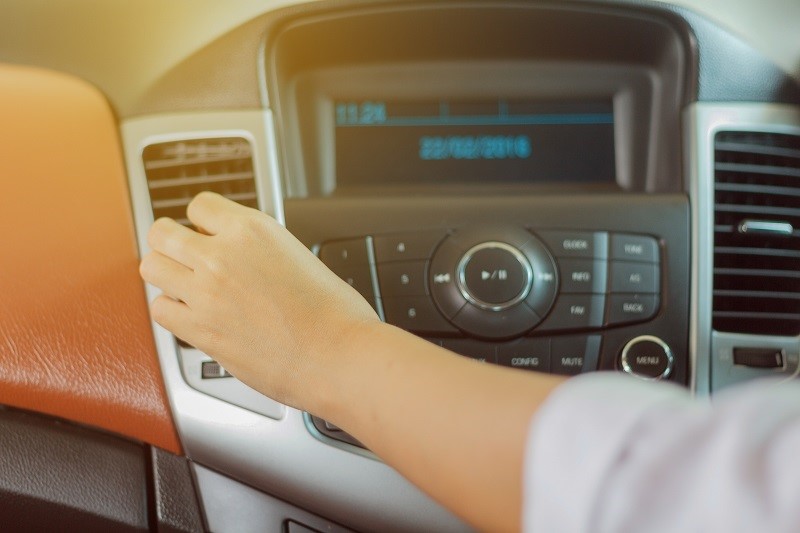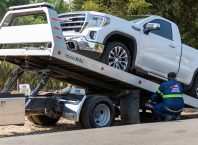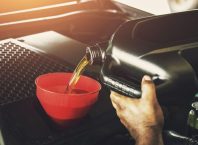Table of Contents
Whether a pre-owned car or another one, bringing it back home is generally an extraordinary event for a person. Be that as it may, a proper setup for purchasing used cars in tempe should incorporate a bit-by-bit investigation of the used car to guarantee ideal running condition and drivability. It will safeguard the purchaser from undesirable fixed bills and troublesome circumstances, such as being abandoned in the street.
Second-hand cars online are available, but you need to evaluate them before purchasing.
Thus, to resolve this issue, we have rattled off a few fundamental review agendas focused on used cars before purchasing. The car purchasing experience will be more efficient, essential, and helpful after these examinations.

8 Steps To Evaluate The Condition of A Used Car Before Buying
1. Begin with Reviewing The Bodyshell
The most vital phase in the examination cycle of a used car is to investigate the general body. It will incorporate strolling around the car and searching for scratches and imprints on the body. Likewise, an examination for a dodgy paint occupation ought to be done thoroughly. Post that, an investigation of the holes in bumpers and entryways should get completed. Lopsided holes, for the most part, demonstrate they were not collected as expected in the processing plant or that the car needed to be more effectively maintained.
2. Take A Good Look Around The Glass Boards
The subsequent stage in the recycled car agenda of assessments is to look for any breaks and cratered regions. Cracks on the glass boards, for example, windows and the windscreen, will deteriorate with time and may require a costly fix later.
3. Check The Suspension
Suspensions are one of the critical components exposed to encounter mileage. Assuming the rest of the trade-in car looks great, the cycle to check incorporates remaining back from the car and searching for drooping and listing. Every one of the corners should get pushed down to guarantee that the car body bounces back to its unique position. Assuming the car keeps going all over, the suspension arrangement could be better.
4. Check for Frame Damage
Outline harm generally happens in the car’s body when outside extras, for example, a secondary selling CNG (Packed Petroleum gas) unit, are introduced. The fuel tank is presented in the boot of the car while darted to the body. It makes long-lasting openings in the body which could acquire grave results.
The harmful smoke beneath the exhaust line could enter the car through these openings. Additionally, open the hood and assess the part interfacing the front bumpers with the highest point of the radiator. It ought to be appropriately fixed with bolts and never be welded.

5. Check All The Lights And Tires
The following point to inspect under the essential designated spots is the car’s lights, like headlamps (both low/high pillars), tail lights, third brake lights, and haze lights.
When examined cautiously, tires will generally show the total image of a car’s experience. It ought to be guaranteed that every one of the tires is of a similar size and makes. The mileage on the tire tracks should be even with the tire width on the two sides of the car. If any side of the tire shows up more harmed than the other, this demonstrates wild driving activity by the past proprietor, who could require a tire substitution.
6. Check Under The Bonnet
The motor is the most pivotal piece of the mechanicals of a used car. The motor investigation agenda incorporates the following:
- Take a look at all liquid supplies for spills.
- Belts shouldn’t have any indications of breaks.
- The hoses for the radiator ought never to be delicate.
- Ensure the used car has sufficient oil when you take out the dipstick.
- The coolant ought not to be filthy and brown-hued. It could mean either a spilling head gasket or a decrepit coolant tank.
- Pull the transmission dipstick. The fluid inside ought to be red or pink.
7. Open The Doors And Look Inside
After outside and motor examination, the subsequent stage is to peer inside the lodge. The essential recycled car agenda to review the inside incorporates:
- Search for stains, tears, and cigarette consumption on the upholstery and the seats.
- Search for scratches on metal and plastic parts inside the car’s lodge
- Switch On the car’s climate control system and look at the wind stream.
- The following clear step is to check the odometer perusing. The kilometer run on the car should be in a state of harmony with the age of the car. A 15-year-old car with under 20,000 km perusing should be fine without being ordinarily extraordinary.
- The last move toward the inside assessment of the car remembers exchanging for the start and checking for any advance notice lights on the instrument board. During this interaction, an individual should look at the back-stopping sensor and back-stopping camera.
8. Take The car for A Test Drive
The last step toward guaranteeing that a car is in good condition is taking it out for a test drive. During the campaign, check the brakes and stuff shift instruments. There ought to likewise be no severe pedal vibration, ridiculous commotions, and squeaking of the brakes. Take a sharp U-turn at a low speed to check for shaking clamors from the suspension framework.
Conclusion
In the post-Coronavirus situation, many of us will depend on private cars instead of public transportation frameworks to keep up with social removal. Be that as it may, not all will purchase new cars and will rather incline toward burning through cash on a trade-in car. On the off chance that you anticipate buying a pre-owned car, the odds are many individuals will prompt you against it. Indeed, they are not off-base; there are a ton of factors at play while purchasing an old car because only some of the subtleties and data will be uncovered by the proprietor. In any case, it’s anything but an ill-conceived notion to purchase an old car if you know how to assess it.



